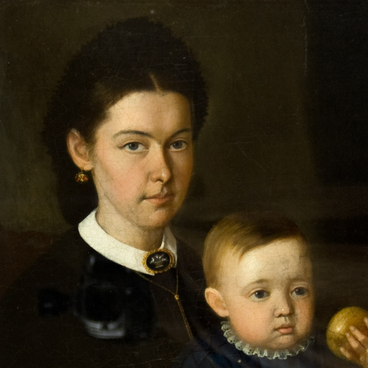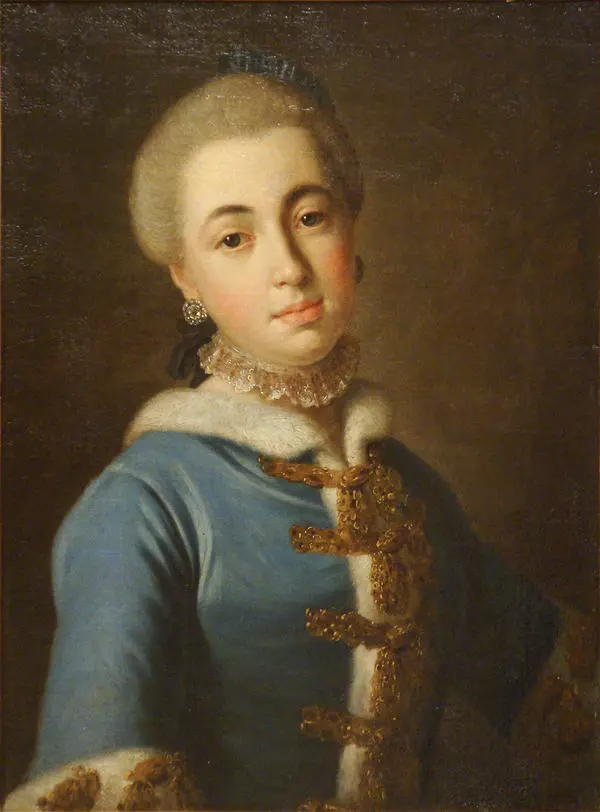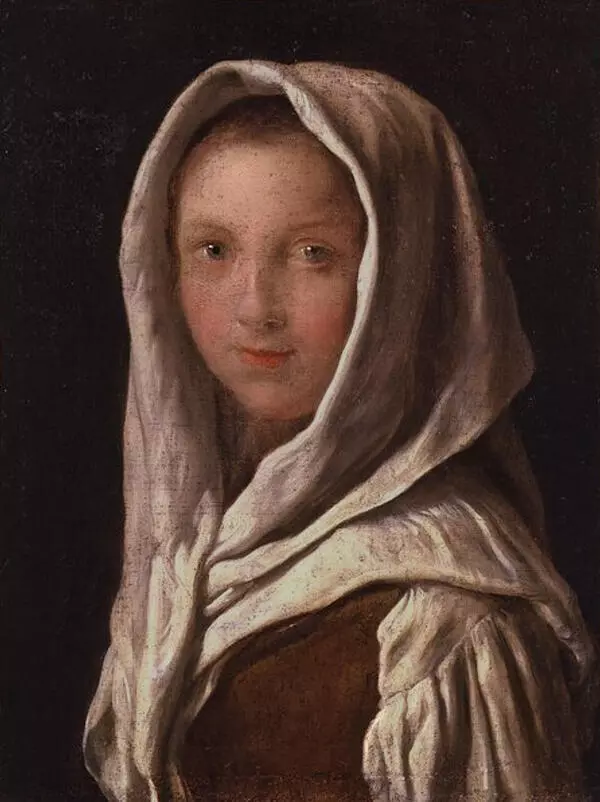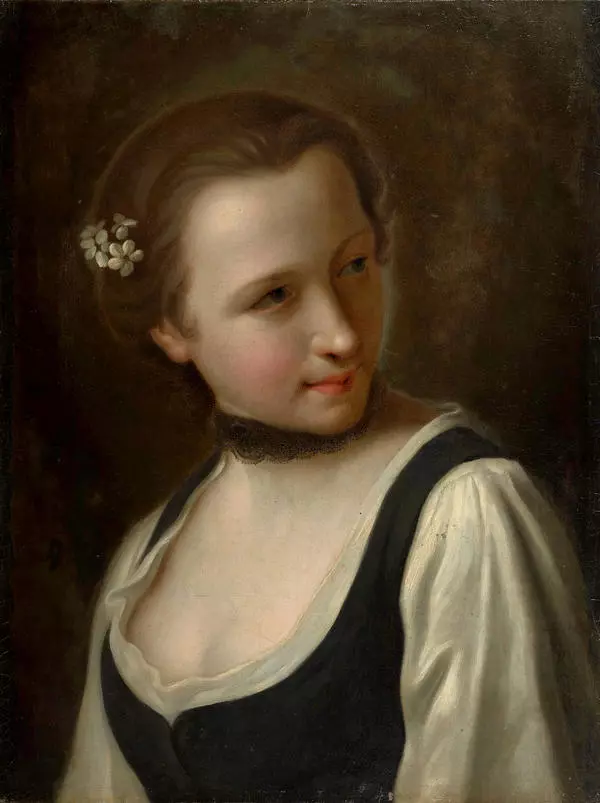Italian portrait artist Pietro Antonio Rotari studied under Robert Oudenarde and Antonio Balestra, under Francesco Trevisani in Rome and Francesco Solimena in Naples. In 1750, he moved to Vienna, and then, worked in Dresden at the Saxon court and in Munich.
Rotari came to St. Petersburg at the invitation of Empress Elizabeth Petrovna in 1756. He painted in the rococo style like many of the foreign masters of the mid-18th century. The paintings created in this style were characterized by grace and lightness.
Rotari’s pictures quickly became popular among the aristocracy due to the light and elegant manner of painting. His paintings were delicate and alive, decorative, typical for rococo fanciful linear contours, as well as the desire to idealize what is depicted. He painted dozens of commissioned court portraits, as well as many so-called “golovki”, small portraits of girls or boys in national costumes. Almost every Rotari’s painting had a plot. His characters read letters or books, laugh or cry, play musical instruments. The artist tried to create a special mood in each painting.
Nowadays, the ‘golovki’ of Rotari serve as decorations in the Peterhof Palace ‘Cabinet of Fashions and Graces’ (‘Painting Hall’), where more than 300 paintings are placed on the walls with a trellis hanging. One of these paintings, ‘The Portrait of a Young Woman’, was handed over by the State Hermitage to the Volgograd Museum.
Rotari came to St. Petersburg at the invitation of Empress Elizabeth Petrovna in 1756. He painted in the rococo style like many of the foreign masters of the mid-18th century. The paintings created in this style were characterized by grace and lightness.
Rotari’s pictures quickly became popular among the aristocracy due to the light and elegant manner of painting. His paintings were delicate and alive, decorative, typical for rococo fanciful linear contours, as well as the desire to idealize what is depicted. He painted dozens of commissioned court portraits, as well as many so-called “golovki”, small portraits of girls or boys in national costumes. Almost every Rotari’s painting had a plot. His characters read letters or books, laugh or cry, play musical instruments. The artist tried to create a special mood in each painting.
Nowadays, the ‘golovki’ of Rotari serve as decorations in the Peterhof Palace ‘Cabinet of Fashions and Graces’ (‘Painting Hall’), where more than 300 paintings are placed on the walls with a trellis hanging. One of these paintings, ‘The Portrait of a Young Woman’, was handed over by the State Hermitage to the Volgograd Museum.
The court lady depicted in ‘Portrait of a Young Woman’ is dressed in a stylized Italian folk costume. The main elements of the national Italian women’s costume were a long and wide shirt, similar to a tunic, with wide sleeves, and a long skirt in a fold. A contrasting bright border was sewn on the skirt. They always wore a long apron the length of which was the same as the hem of the skirt. Sometimes the clothes were decorated with hand embroidery.
The portrayed is dressed in the bouffant skirt, as researchers suggest, of red Florentine homespun wool, which has been popular in Italy since the Renaissance. The girl’s shirt is decorated with a deep neckline on the chest and puffy sleeves. Her dark hair is braided. In the old days, a flower in a girl’s hair was part of fashionable etiquette and one of the signs of the symbolic “language of flowers”, with the help of it, it was possible to express, for example, a declaration of love or, conversely, antipathy without words.







